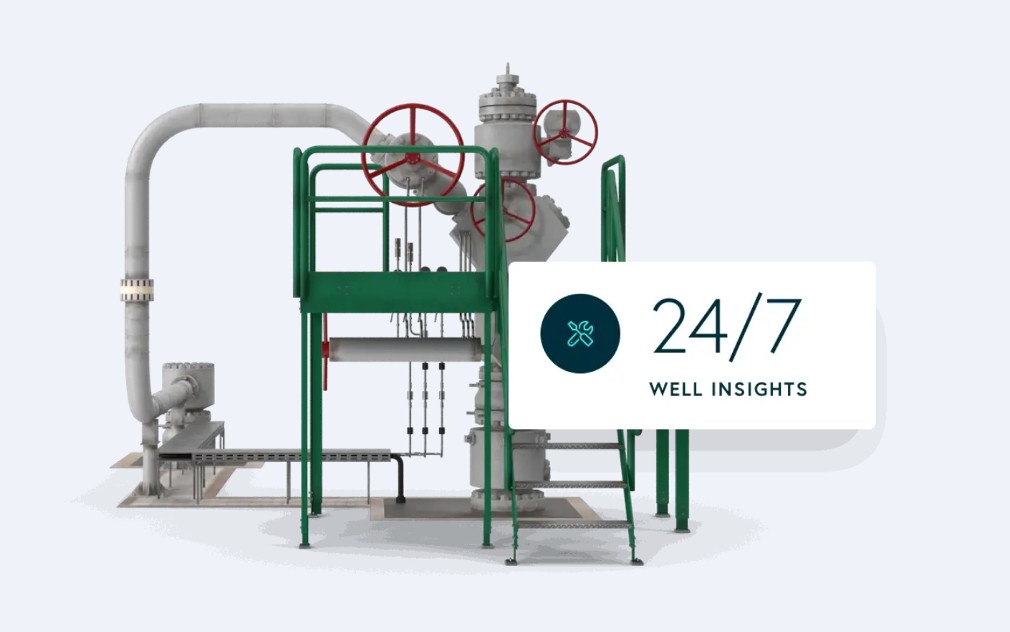Hiber’s Satellite IoT Offering (Prior to the Astrocast Acquisition)
Hiber, a Dutch company founded in 2016, was a pioneer in the satellite IoT space, specializing in low-cost, low-power IoT connectivity using a Low Earth Orbit (LEO) satellite constellation. The company focused on providing global satellite connectivity for IoT devices in remote areas where traditional cellular networks were unavailable or unreliable.
Hiber’s satellite IoT offering was designed to serve industries such as agriculture, energy, logistics, and environmental monitoring by enabling the deployment of IoT devices that could operate for extended periods without significant power consumption.

Key Features of Hiber’s Satellite IoT Offering
LEO Satellite Constellation:
- Hiber operated a LEO satellite network, which allowed for low-latency global communication. LEO satellites orbit much closer to Earth than traditional geostationary satellites, providing more frequent communication opportunities for IoT devices.
- This constellation enabled businesses to track, monitor, and communicate with their IoT devices in even the most remote regions.
Low-Cost, Low-Bandwidth Communication:
- Hiber’s primary focus was on delivering cost-effective IoT connectivity for small data packets, such as sensor readings or location updates. The low-cost aspect made it suitable for industries with large-scale IoT deployments where transmitting small amounts of data at frequent intervals was necessary.
- This approach made Hiber an attractive solution for use cases such as agriculture, where farmers needed to monitor environmental factors like soil moisture or temperature, and logistics, where asset tracking was essential.
Low-Power IoT Devices:
- Hiber developed IoT devices optimized for low power consumption, enabling long operational life in the field without the need for frequent battery replacements. This made it ideal for remote locations where power supplies are limited or nonexistent, such as agricultural fields, mining sites, and environmental monitoring stations.
- The focus on low-power devices was a key selling point, reducing maintenance costs and improving the efficiency of IoT deployments.
Global Coverage:
- Hiber’s satellite constellation provided global coverage, ensuring connectivity across continents and oceans, far beyond the reach of terrestrial networks. This allowed businesses to gather data from IoT devices operating in isolated areas without relying on traditional cellular or radio networks.
- The global reach was critical for industries like energy (for monitoring remote pipelines) or environmental monitoring (for collecting data from inaccessible ecosystems).
Plug-and-Play IoT Devices:
- Hiber’s IoT devices were designed to be simple to deploy and manage, requiring minimal technical expertise for installation. These plug-and-play devices could be quickly integrated into existing systems, making it easy for businesses to start collecting and analyzing data from remote locations.
Use Cases and Applications
Agriculture:
- Hiber’s satellite IoT service was particularly valuable for precision agriculture. Farmers could use IoT sensors to monitor environmental conditions like soil moisture, temperature, and crop health. The satellite connectivity allowed farmers to gather this data from fields in remote areas, enabling more informed decision-making to improve yields and resource efficiency.
Logistics and Asset Tracking:
- Hiber’s solution was widely used in logistics, enabling companies to track shipping containers, vehicles, or valuable cargo in real time, even as they moved through regions without cellular coverage. The low-cost nature of Hiber’s service made it feasible to track large numbers of assets across vast geographies.
Environmental Monitoring:
- Hiber’s technology was well-suited for environmental monitoring applications, where sensors could be placed in remote or difficult-to-reach locations to monitor things like water levels, air quality, or wildlife. This data could be transmitted back to researchers or government agencies via satellite, enabling them to monitor changes and respond to environmental threats in real time.
Energy and Utilities:
- The energy sector also benefited from Hiber’s offering, particularly for pipeline and infrastructure monitoring. IoT devices could be deployed to track conditions like pressure or flow in remote sections of oil and gas pipelines, providing real-time data to operators who needed to ensure the integrity and safety of their systems.
Mining and Remote Industrial Sites:
- Mining operations, often located in remote regions, used Hiber’s satellite IoT service to monitor equipment, environmental conditions, and worker safety. With no need for traditional cellular networks, mining companies could deploy sensors across large sites and still receive reliable data to optimize operations.
The Transition: Hiber’s Acquisition by Astrocast
In 2022, Astrocast, another leading satellite IoT provider, acquired Hiber, effectively integrating Hiber’s low-cost, low-power IoT technology into its existing satellite IoT offering. This acquisition enabled Astrocast to expand its global satellite IoT services and strengthen its position in the market by incorporating Hiber’s innovative approach to affordable satellite IoT.
As part of Astrocast, Hiber’s technology continues to support industries that require remote, scalable IoT solutions, particularly in agriculture, logistics, and environmental monitoring. Astrocast’s acquisition has allowed for the continued development of low-cost satellite IoT services with a focus on global connectivity, low-power consumption, and easy deployment of IoT devices.
Website: Hiber
Conclusion
Prior to its acquisition by Astrocast, Hiber established itself as a key player in the satellite IoT market, offering low-cost, low-power IoT connectivity via its LEO satellite constellation. Hiber’s solution was designed to cater to industries needing reliable connectivity in remote areas, with applications spanning agriculture, logistics, energy, and environmental monitoring. Now part of Astrocast, Hiber’s technology continues to play a crucial role in expanding the reach and capabilities of global satellite IoT services.